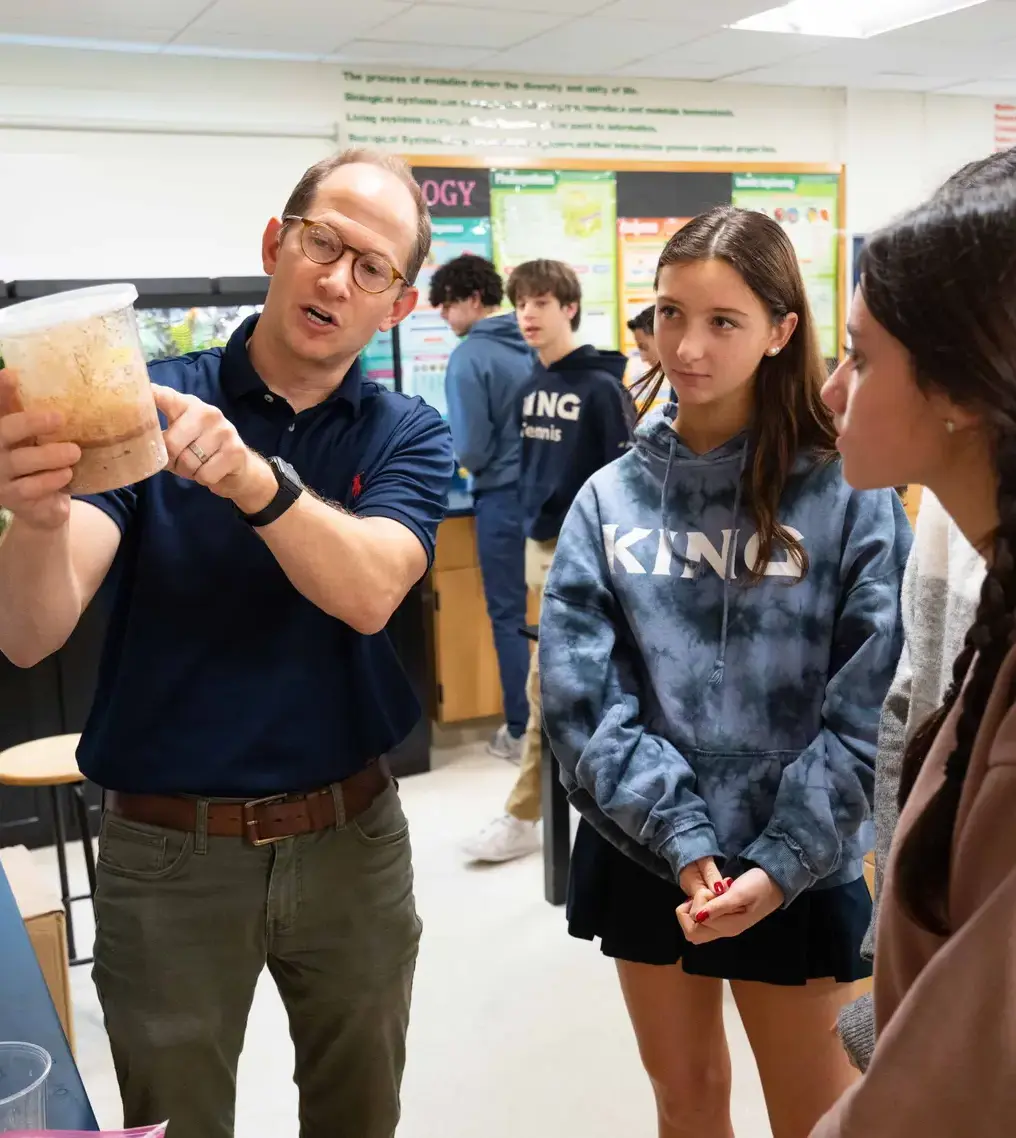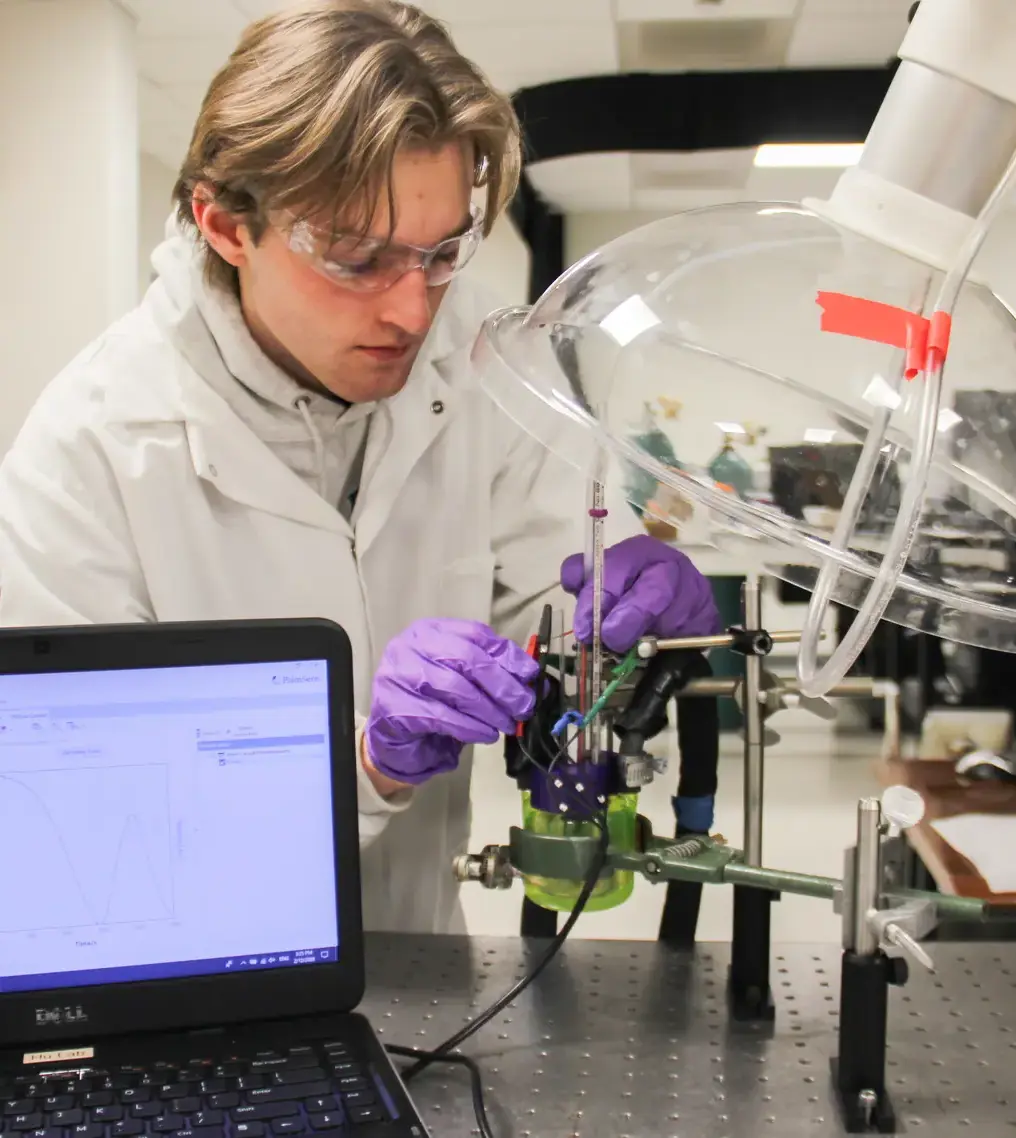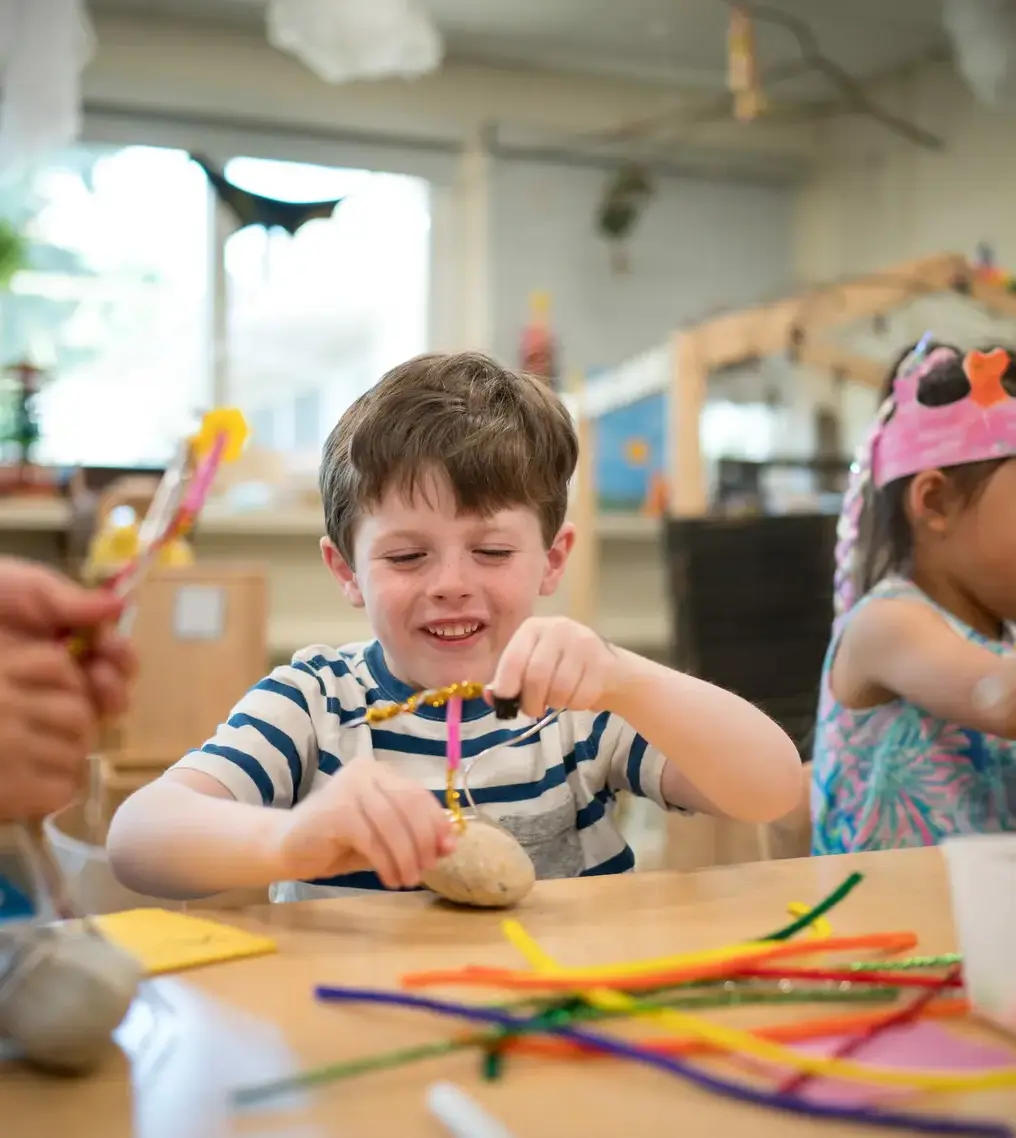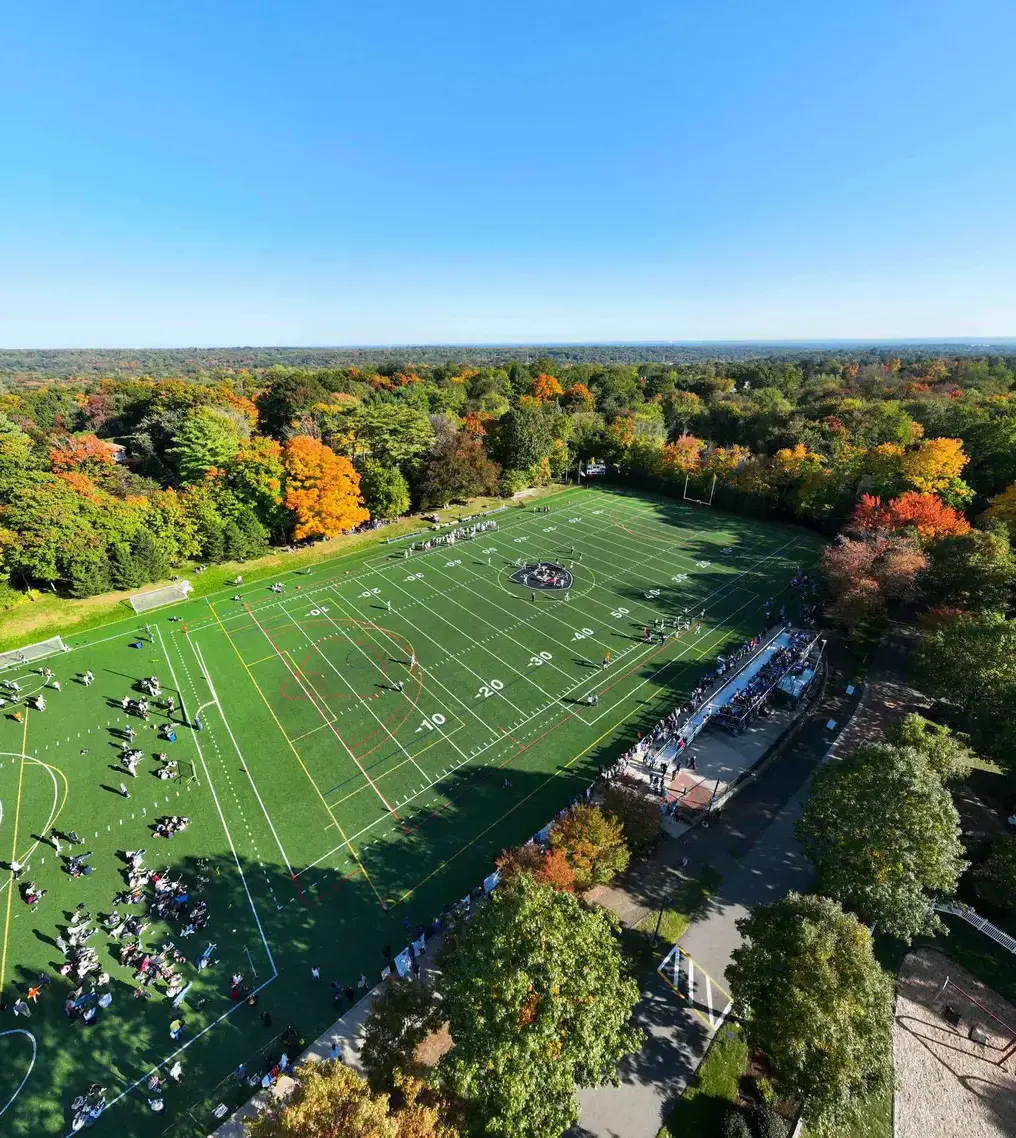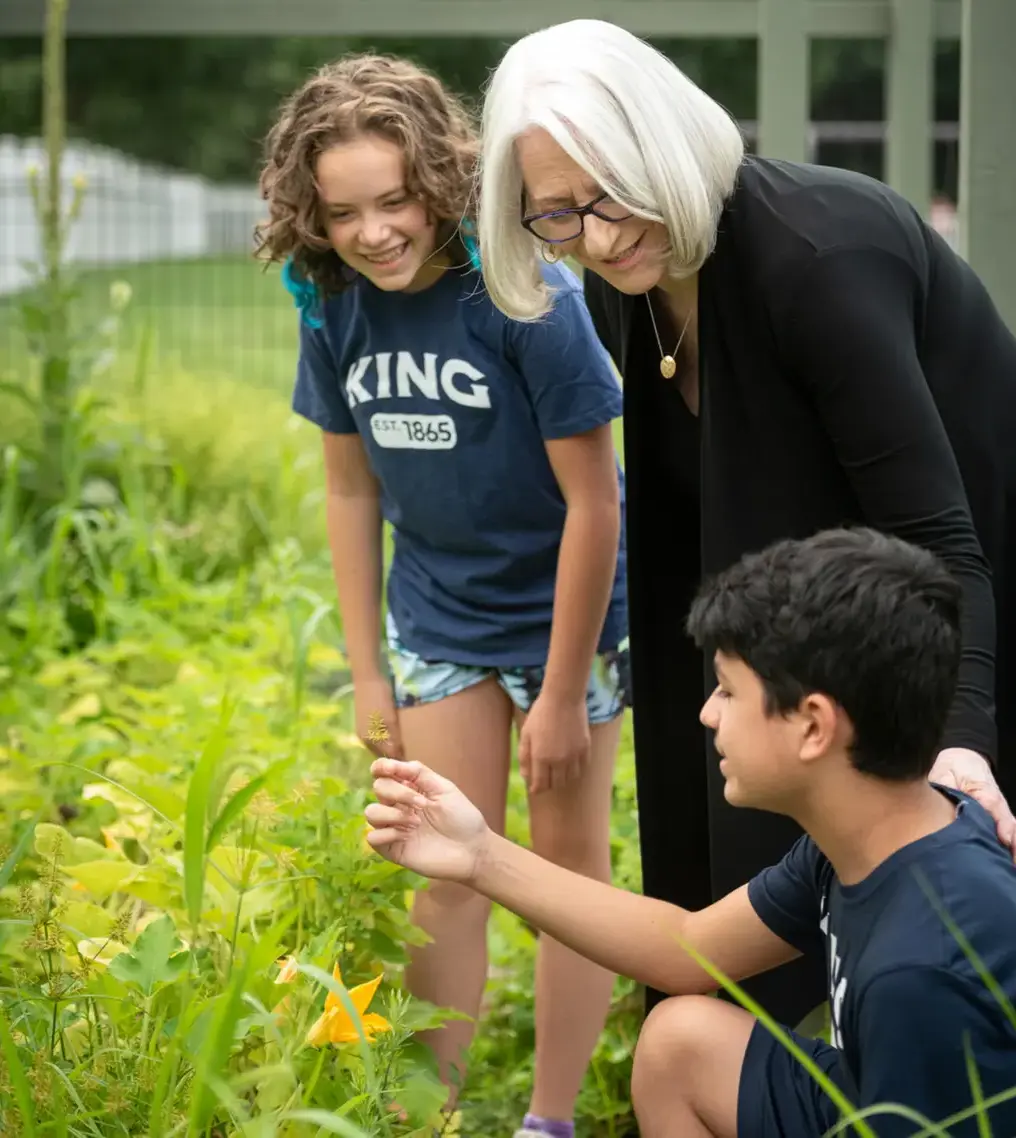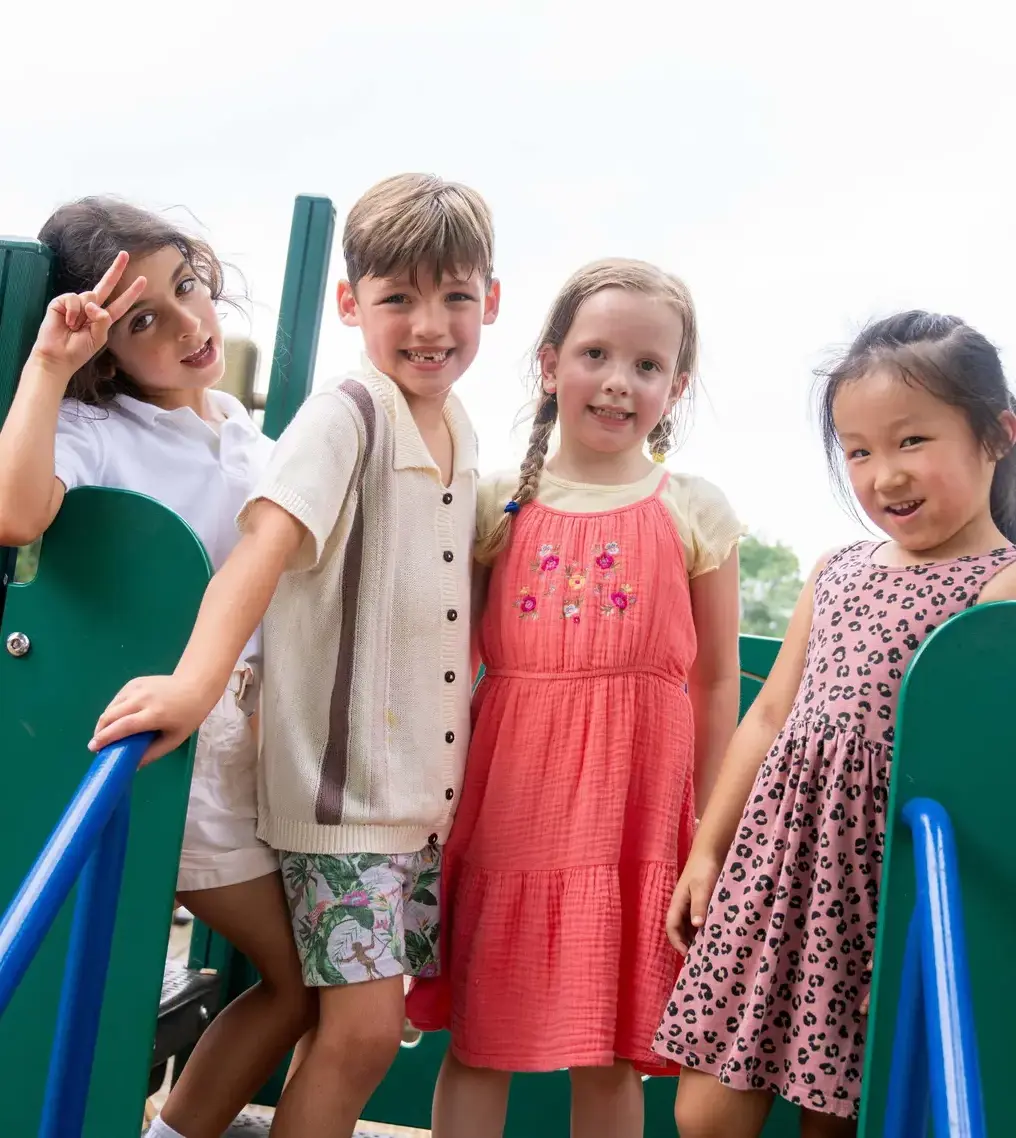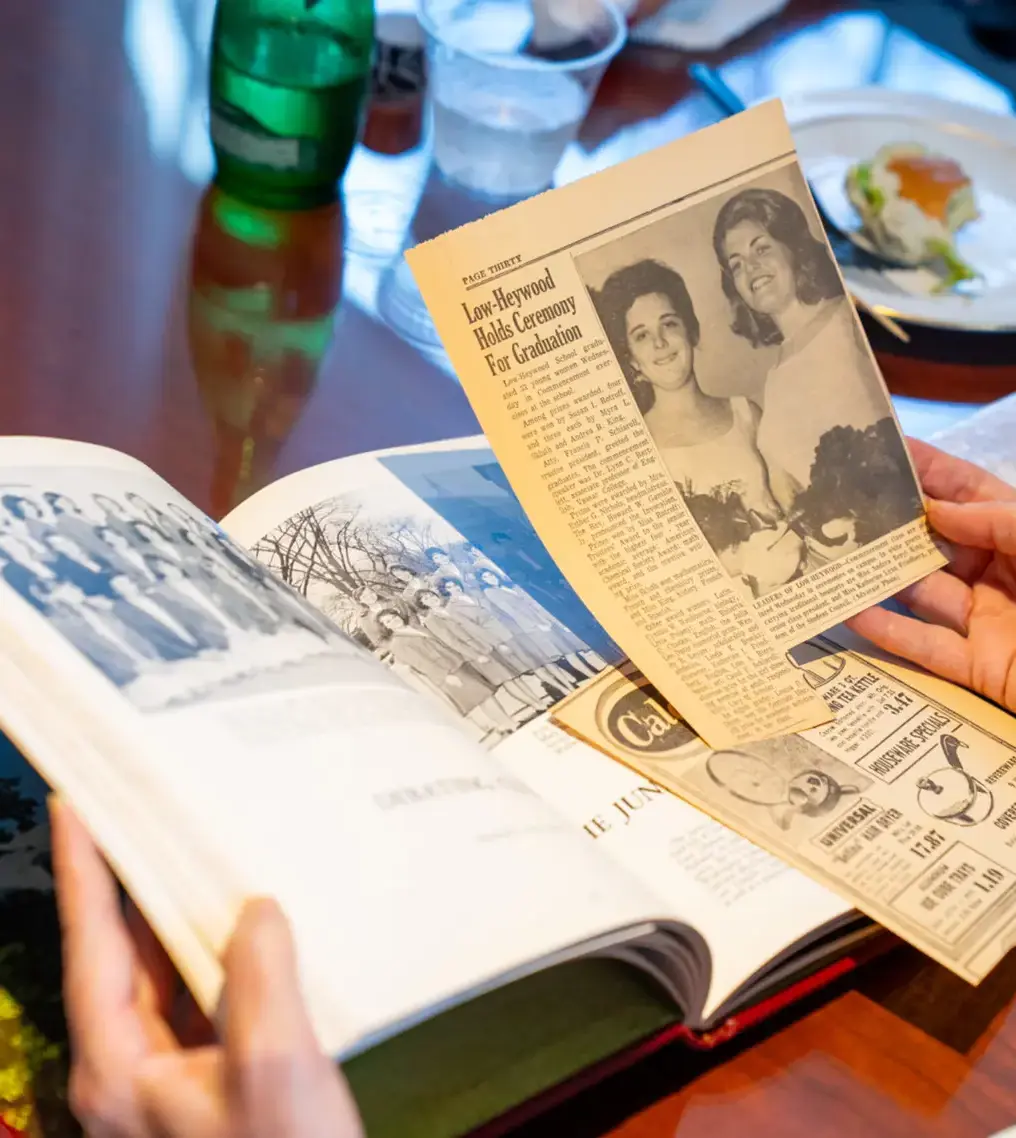Pumpkin Math Adds Up to Hands-On Learning and Fall Fun
The Grade 1 annual Pumpkin Math unit wrapped with students turning classrooms into bustling — and a bit messy — labs of discovery this week. The lesson was a rich, multifaceted experience incorporating academic and social-emotional learning centered around the popular fall gourd.
Over the course of several weeks, teachers Julia Rachinsky-Wood and Elizabeth Malone read fiction and nonfiction books about pumpkins to their classes. Students learned horticultural facts, including that pumpkins are technically considered a fruit, while learning math skills, such as understanding that circumference measures the distance around an object.
King’s virtues of integrity, kindness, perseverance, and respect were discussed after reading “Too Many Pumpkins” and “The Vanishing Pumpkin.” Students also discussed favorite pumpkin treats with pie, bread, and lattes among the top choices.
On Tuesday, October 21, students got up close and personal with real pumpkins, completing a packet that featured math and literacy tasks comparing their size, shape, and features. Parent volunteers were invited to participate in the lesson, as students used rulers, strings, and scales to measure and record data on height, weight, and circumference. Writing skills were also reinforced through the introduction of new vocabulary words to describe texture as smooth, bumpy, or rough, along with other relevant facts.
The highlight of the experience came when parents and students carefully cut open their pumpkins to scoop out the seeds. With great enthusiasm and a few brave moments touching the student-described gooey, slimy, wet, cold, gross, and yucky insides, they grouped the seeds by tens and practiced counting skills.
To cap off the project, students designed illustrations of their “perfect pumpkin faces” and, with the help of the parent volunteers, brought them to life through carving.
“I liked carving the pumpkin and taking out the seeds,” said Everett Burke ’37, holding up two of the seeds. “I’m going to plant them in my backyard.”
“I hadn’t carved a pumpkin in so long,” said Eona Shastri ’37. “It was fun doing it.”
Rachinsky-Wood and Malone shared that this annual activity is just one of the many ways the Grade 1 curriculum incorporates multiple disciplines into lessons. Later in the year, students will engage in additional units that combine inquiry and creativity while studying communities, coral reefs, and more.

